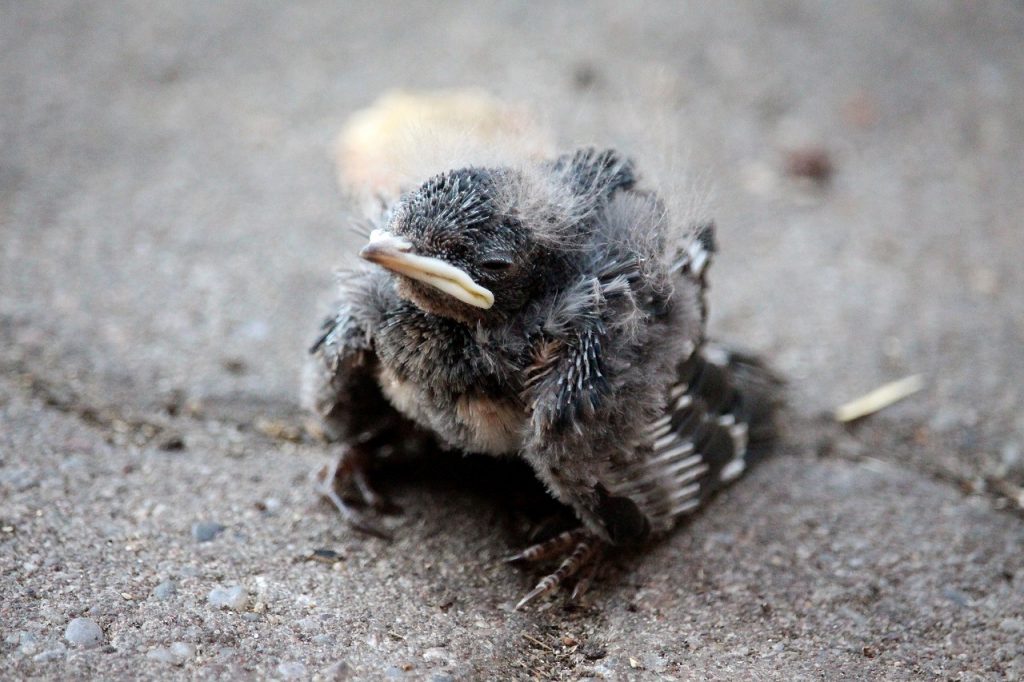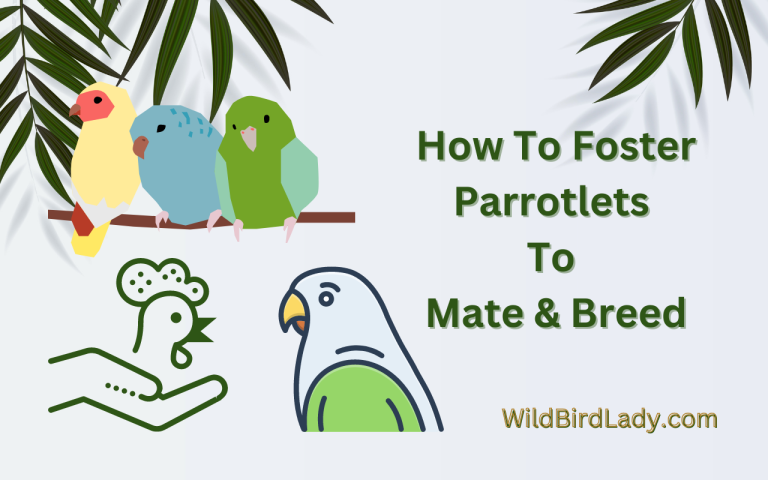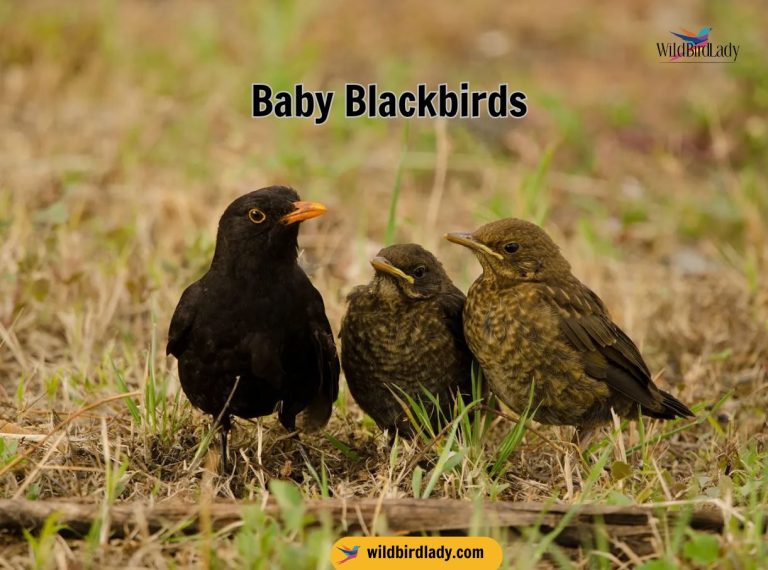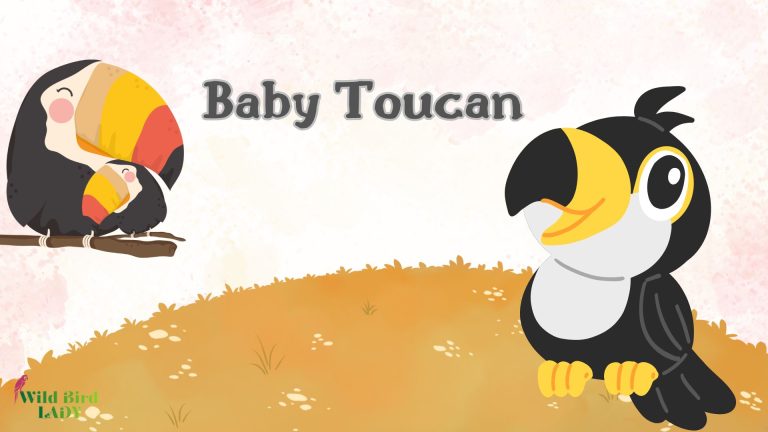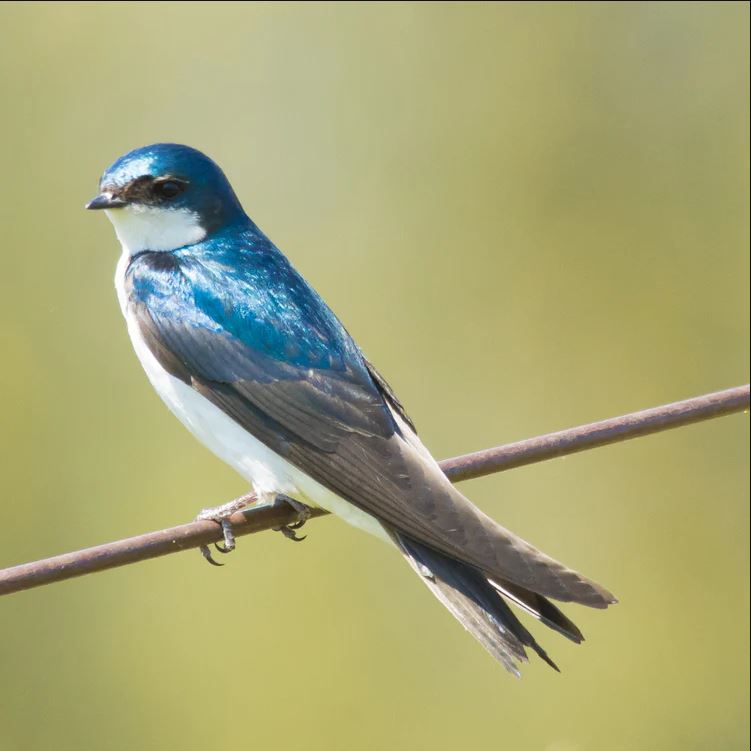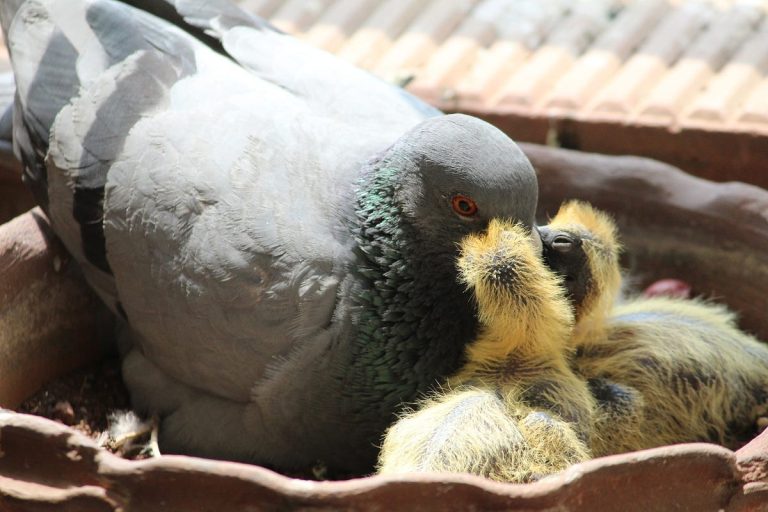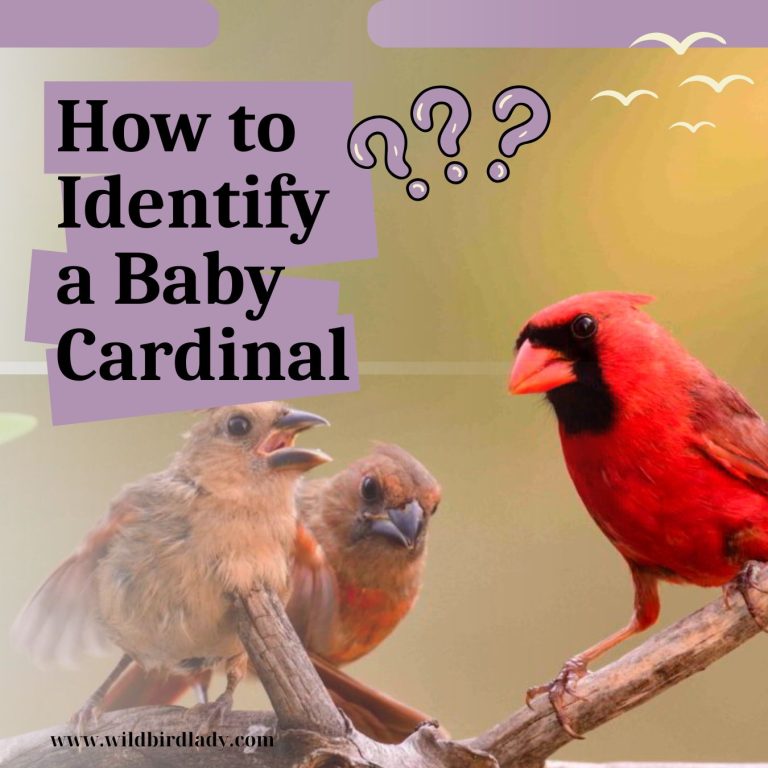Baby Swallows: A Complete Guide to Young Swallow Identification, Care, and Behavior
With over 13 years as a birdwatching enthusiast and expert, I’ve encountered countless baby swallows in their natural habitats. Baby swallows, also known as young swallows, are fascinating creatures that often captivate bird enthusiasts and backyard birders alike. Understanding their lifecycle, dietary needs, behaviors, and proper care can greatly enhance your birdwatching experience.
Identifying Baby Swallows
Baby swallows exhibit distinct characteristics that differentiate them from adult swallows. Generally, young swallows have softer, fluffier plumage compared to their sleek, shiny-feathered parents. Their coloration tends to be duller initially, lacking the vibrant hues of adults. They possess shorter tails, which gradually elongate as they mature.
Common swallow species in North America, such as Barn Swallows (Hirundo rustica), Cliff Swallows (Petrochelidon pyrrhonota), and Tree Swallows (Tachycineta bicolor), exhibit similar developmental traits.
Stages of Growth
Baby swallows progress through several key stages:
- Nestlings (0–14 days old): Completely dependent on parents, blind, featherless initially, gradually developing soft down feathers.
- Fledglings (14–21 days old): Start leaving the nest, developing flight feathers, learning to fly with parental assistance.
- Juveniles (3–5 weeks old): Begin independent flying and foraging, still dependent on parents for supplementary feeding.
The Nesting Habits of Baby Swallows
Swallows are famous for their meticulous nest-building habits. Typically, swallow nests are constructed from mud pellets combined with grasses and feathers. Common nesting locations include barns, under bridges, cliffs, and even human-made structures like porches and balconies.
As nestlings, baby swallows remain securely inside the nest, receiving constant care and feeding from both parents. According to Cornell Lab of Ornithology, baby swallows require frequent feeding, as often as every 15–20 minutes during daylight hours.
Diet and Nutrition of Young Swallows
Young swallows primarily eat insects, making them beneficial for pest control. Their diet includes:
- Flies
- Mosquitoes
- Moths
- Beetles
- Flying ants
Parents capture insects mid-air, skillfully feeding the babies directly in the nest. As fledglings, young swallows begin catching insects on their own, refining their hunting skills rapidly.
Behavioral Traits of Baby Swallows
Observing baby swallows can be quite entertaining due to their lively behaviors:
- Begging Behavior: Nestlings chirp loudly, opening their mouths wide to signal hunger.
- Social Interaction: Juvenile swallows gather in groups, practicing flight techniques together.
- Learning Flight: Initial flight attempts involve short, wobbly flights, often supervised closely by adult birds.
Common Swallow Species and Their Young
Let’s explore the young of common swallow species:
1. Barn Swallow (Hirundo rustica)
- Most widespread swallow species
- Baby Barn Swallows have fluffy plumage, short tails initially, and fledge around 20 days.
2. Cliff Swallow (Petrochelidon pyrrhonota)
- Often found nesting in large colonies
- Young have pale underparts and dark wings, fledging between 21–23 days old.
3. Tree Swallow (Tachycineta bicolor)
- Nest in tree cavities and nest boxes
- Young Tree Swallows have a grayish breast that gradually turns white, fledging around 18–22 days.
What to Do If You Find a Baby Swallow
If you encounter a baby swallow, follow these guidelines:
- Assess the Situation: Determine if it’s a nestling (mostly featherless) or fledgling (feathered and mobile).
- Nestlings: Return to nest if safe. If nest inaccessible, contact a licensed wildlife rehabilitator.
- Fledglings: Usually need no help. Parents are likely nearby. Observe from a safe distance to ensure parental care resumes.
Avoid feeding baby swallows unless instructed by a professional, as improper food can harm or even kill the bird.
Attracting and Supporting Baby Swallows in Your Yard
Here’s how to encourage swallow populations in your backyard:
- Install swallow nesting platforms or boxes.
- Maintain open spaces for aerial feeding.
- Avoid pesticides, preserving insect populations essential for their diet.
- Provide clean water sources for drinking and bathing.
Threats and Conservation
Young swallows face several threats, including habitat destruction, pesticides, and climate change. Supporting local conservation efforts and creating bird-friendly habitats in your area significantly aids their survival and population stability.
According to Audubon Society, maintaining insect populations by limiting pesticide use is crucial for swallow survival.
Sounds of Baby Swallows
Baby swallows produce distinct calls:
- Begging Calls: High-pitched, repetitive chirps when nestlings demand food from parents.
- Flight Calls: Juveniles produce short, frequent chirps during early flight practice.
FAQs About Baby Swallows
How long do baby swallows stay in the nest?
Baby swallows typically stay in the nest for about three weeks before fledging.
Can baby swallows eat seeds or fruits?
No, they primarily require insects for proper nutrition and growth.
Are baby swallows noisy?
Yes, baby swallows frequently chirp, especially when hungry or during flight practice.
Do swallows reuse their nests?
Yes, many swallows refurbish and reuse nests annually.
Conclusion
Observing baby swallows grow and develop is immensely rewarding for bird enthusiasts. With proper identification, awareness of their dietary and nesting habits, and knowledge on how to support their populations, you can positively contribute to their conservation. Always approach baby swallow care with caution, consulting professionals when necessary, and create safe environments to nurture these delightful young birds.
Read Also: Baby Pheasant: A Complete Guide to the Life of a Young Gamebird

